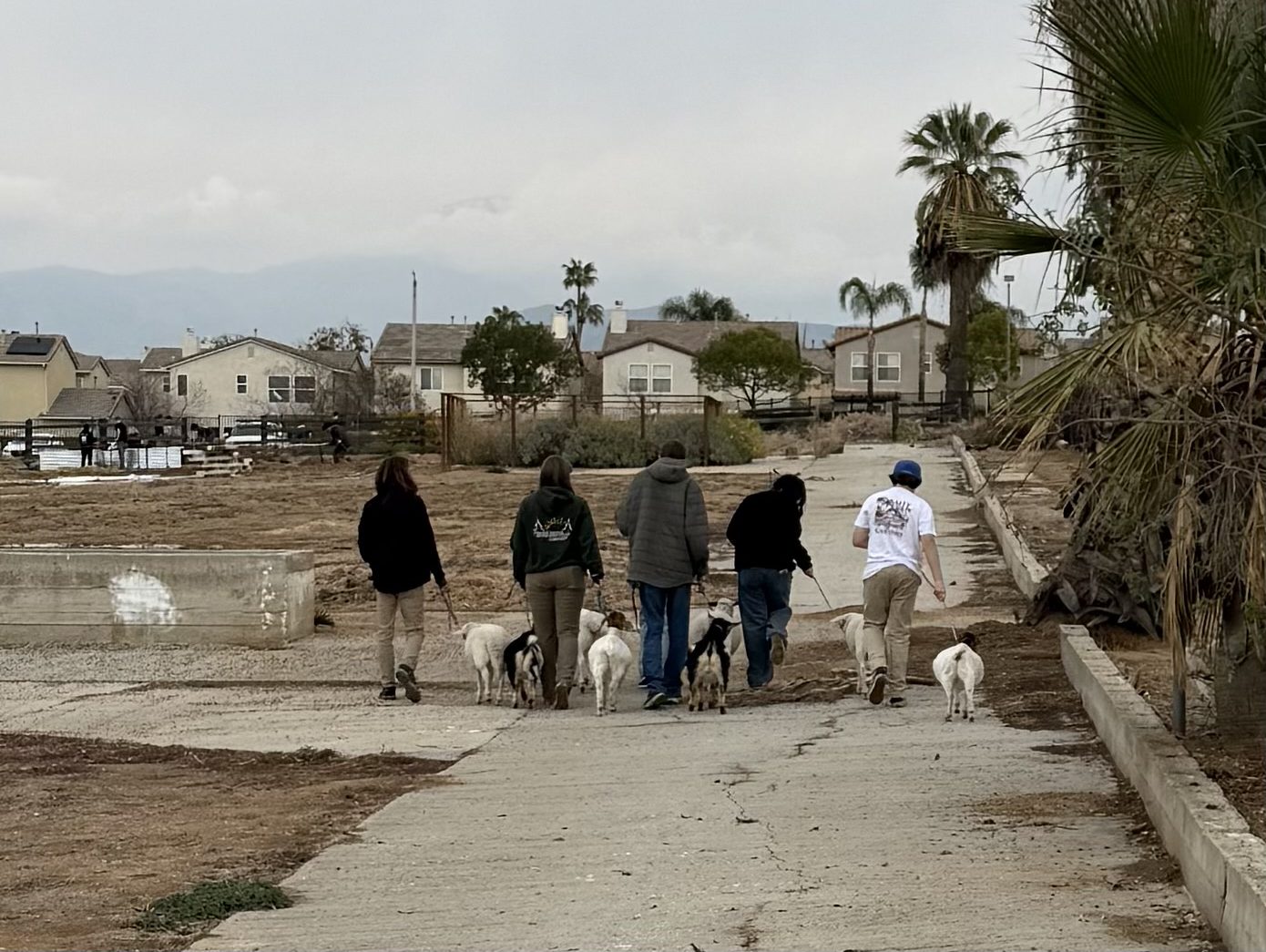Maria Montessori was clear in her writing about adolescent development that it’s critical for adults to nurture the tweens and teens in our care in similar ways to which we cared for them at the toddler stage – including making sure they eat an abundance of healthy foods.
“The physical care must include special attention to the physiological condition of adolescence. This is a time of crisis during which all the glands of internal secretion are affected, and, through them, the whole organism. The body is growing rapidly, but not at a uniform rate and this results in a disturbance of functional equilibrium.” From Childhood to Adolescence, pg. 73
Adolescents are not only social newborns, their rapidly changing brains and bodies are very much entering another nearly newborn-like stage with ever-changing body dimensions, hormones, and brain development. Would we give a toddler caffeinated sodas, chips, fast food, and candy and expect them to grow well and thrive? No.
Then why are these foods the basis of many tweens and teens diets today?
I recently watched a video in which nutrition expert Dr. Mark Hyman asserts that food is the most powerful intervention for mental health and behavior. Indeed, it’s reported that replacing junk foods with whole foods reduces violence in juvenile detention centers by 91 percent. Suicide, which is often listed as the second or third leading cause of death in adolescents, dropped to zero.
According to an article in the Journal of Nutrition and Health, disaffected young people “often have limited routine access to healthy foods and make poor food choices.” The article goes on to state that “poor diet may be a modifiable causal factor in antisocial behaviors.” While it also suggests more research must be done, it’s hard to see the downsides of supporting better nutrition for all adolescents, especially those struggling with making good choices and mental health. “The only risk is better health,” writes the journal article’s author.
As far back as 1948 – long before highly processed foods, caffeinated drinks, and fast food chains – Dr. Montessori implored adults to give “special attention” to the diets of tweens and teens. She offers specific dietary guidelines – some of which may seem unconventional today while much of it would align even with our modern dietary guidelines. Some of her suggestions – such as feeding adolescents only farm-fresh produce and the total elimination of meat from their diets – would elevate nutritional guidelines even beyond today’s standards.
Like most things the inspired educator said, I think she was onto something.
We know too many kids and adolescents today are struggling mentally, emotionally and physically. They need higher quality food to fuel their brains for learning, to regulate their emotions for healthier social connections, to optimize their rest, and to just feel stronger and healthier in their bodies. I’ve seen food choices affect many of my students, my own children, and myself on days that I am not as careful as I should be about my own diet.
One of my top goals throughout the next few years is to dig into how the body-brain connection affects teaching, learning and emotions, and how we can support ourselves and our students in making better food choices. Of course, this must be done in non-shaming, non-blaming, helpful ways, so we’re all intrinsically motivated to learn better and feel better each and every day.
I hope you’ll share what you know and come along on this learning journey with me. Let’s identify solutions and try some strategies for our students and ourselves.
In honor of the child,
Dana

